The replacement of rigid parts could help robots more closely mimic the humble worm to help them squeeze into tight spots.
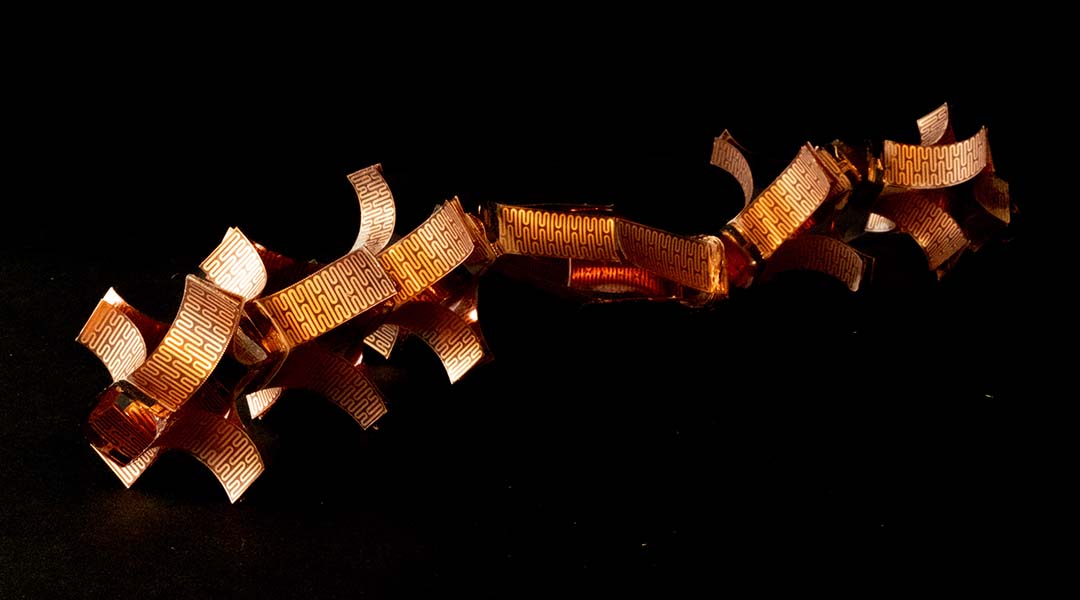

The replacement of rigid parts could help robots more closely mimic the humble worm to help them squeeze into tight spots.
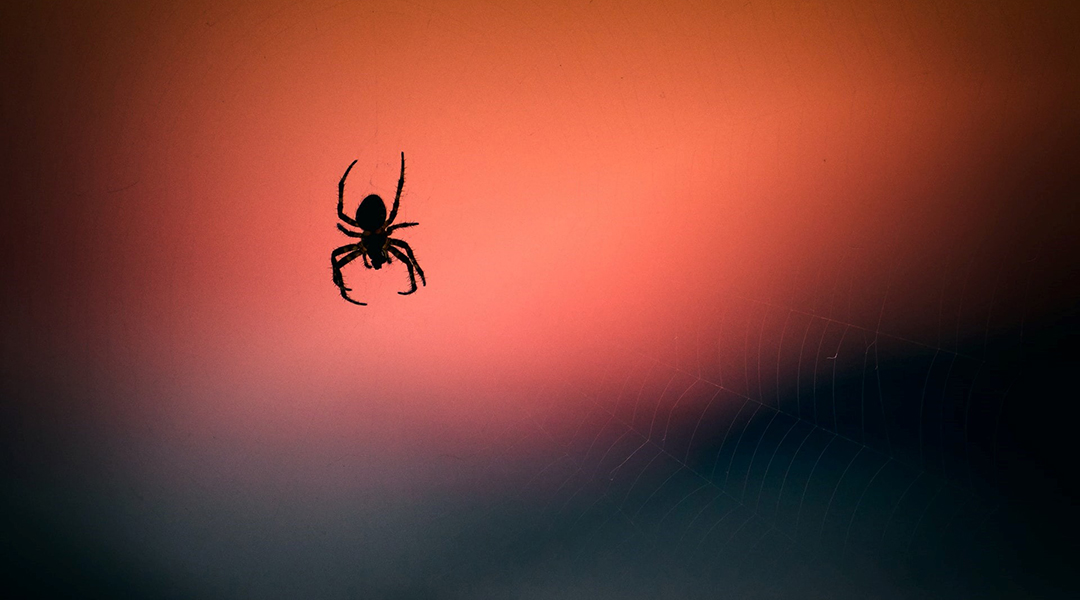
New research is uncovering the importance of small predatory species in shaping ecosystems and managing threatened populations.

With its unique carbon fiber skeleton, this jumping robot closely mimics the energy-storing tissue found in insects.
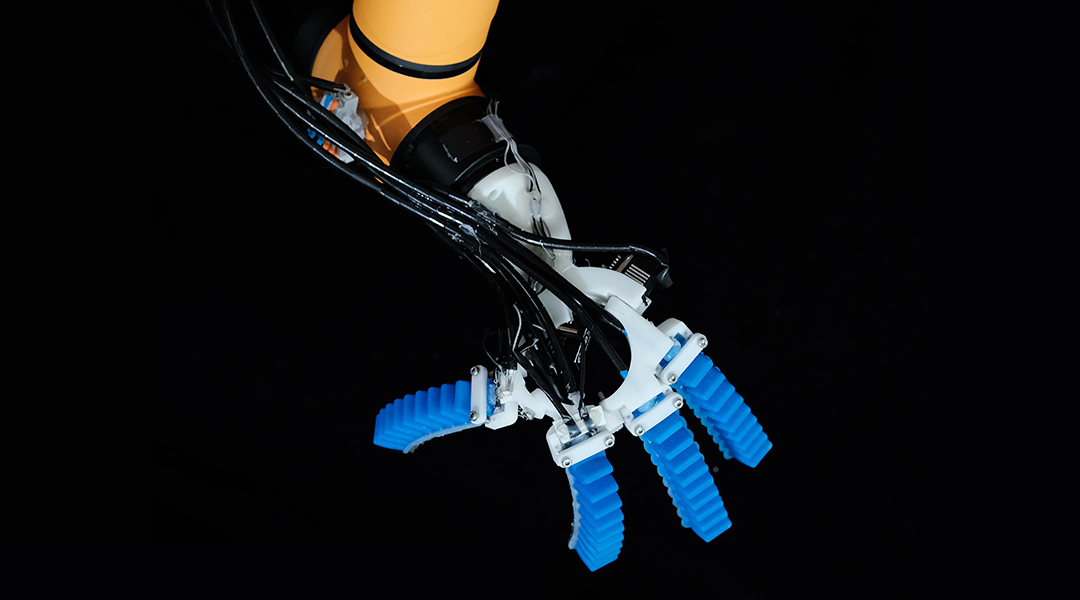
Groundbreaking soft sensors enable robots to both see and feel, paving the way for robots that can autonomously interact with and understand their environment.
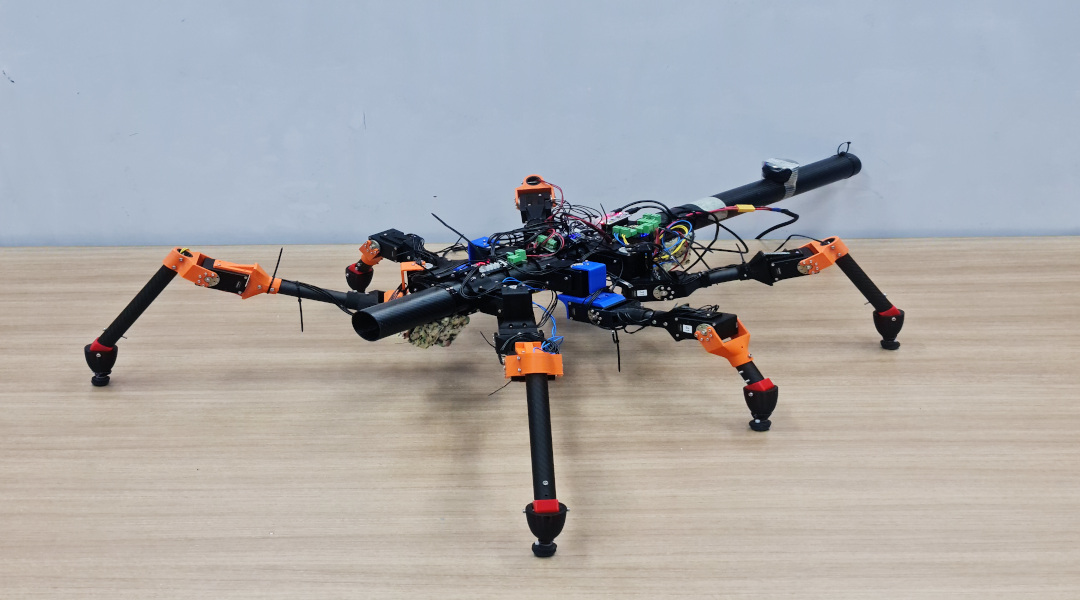
Researchers use stick insect locomotion as inspiration for machine learning approaches to teaching robots how to walk.
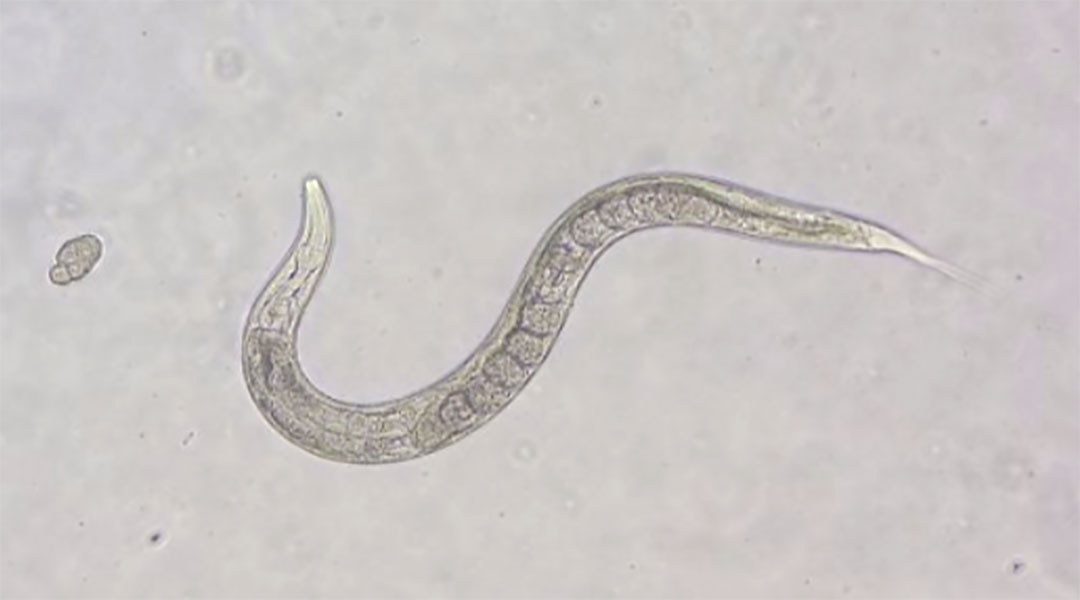
Scientists are turning to C. elegans for biobot designs, guiding their movement through reconfigurable microtopographies.
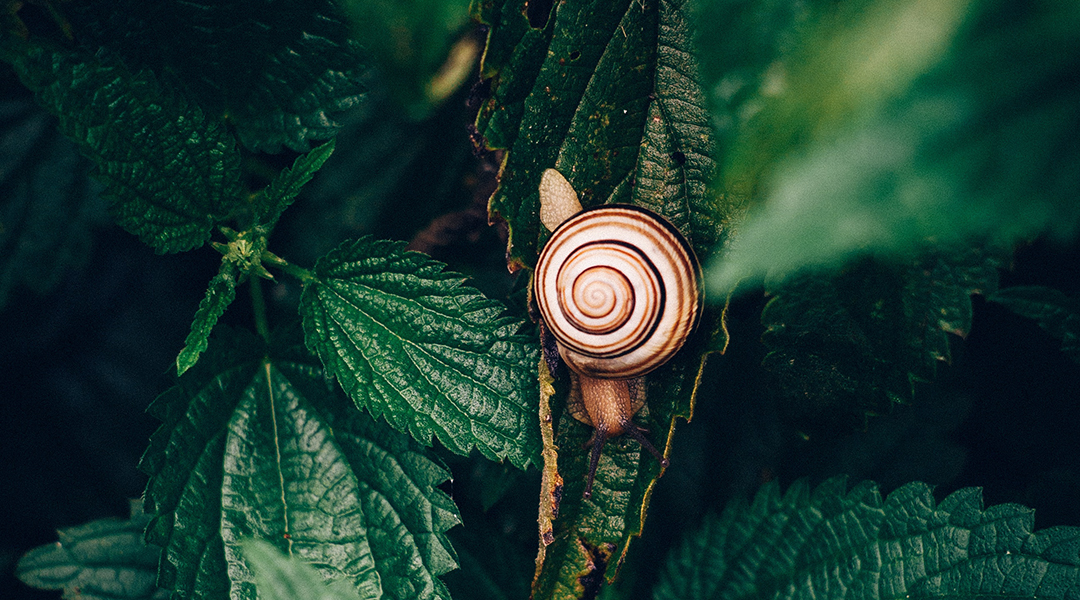
How a light-powered snail is addressing scalability in robotics.

Amoeboid cell microtransporters carry microcargo in an independent, self-organized fashion.

There are new top papers in Advanced Intelligent Systems special series. All included papers are free to read for a limited time!
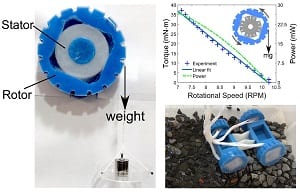
The Mazzeo Research Group has designed soft motors by combining pneumatically-driven elastomeric structures with peristaltic motion.